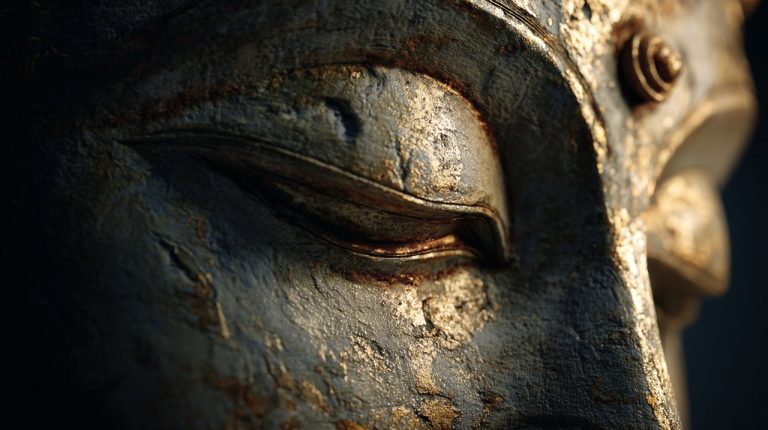Tibetische Kleidung: Ein tragbarer Altar aus Glaube und Hochplateau-Geist
In einer Ära, in der globale Modetrends oft die Grenzen klarer kultureller Identitäten verwischen, steht eine Form der Kleidung als kraftvolles Zeugnis eines beständigen Erbes: tibetische Kleidung. Weit entfernt davon, bloße Gebrauchsgegenstände zu sein, sind diese Ensembles lebendige Erzählungen. Sie verkörpern die tiefe Spiritualität und den unverwüstlichen Geist, der auf dem tibetischen Hochplateau geschmiedet wurde. Die traditionelle tibetische Tracht übersteigt einfache Funktionalität; sie dient als „beweglicher Altar
💡 Häufig gestellte Fragen
Tibetan traditional clothing is more than just attire; it is considered a 'moving altar' and 'wearable scripture,' embodying the profound spirituality, resilient spirit, history, and beliefs of the Tibetan people, intricately woven with Tibetan Buddhism.
Traditional Tibetan clothing primarily utilizes materials sourced directly from the plateau's natural resources, including sheep wool, yak hair, and various animal hides. These are often transformed through time-honored handcrafting techniques and colored with natural dyes derived from plants and minerals.
Colors in Tibetan clothing are deeply symbolic, echoing fundamental principles of Tibetan Buddhism and the wisdom of the five Dhyani Buddhas (e.g., blue for sky, red for fire, yellow for earth). Patterns often feature auspicious Buddhist symbols like the Lotus Flower or Endless Knot, serving as visual prayers and believed to confer blessings.
The chuba is a long, thick robe that was historically designed for the rigors of nomadic existence on the Tibetan plateau. Its voluminous design allowed for effortless movement, provided crucial warmth, and could be ingeniously adjusted to regulate body temperature, serving concurrently as both shelter and blanket.







